Female designers have, and have always have had, powerful architectural vision. The recent Pritzker Prize win for Yvonne Farrell & Shelley McNamara of Grafton Architects proves this point. However, all too often, the work of female architects has been overlooked, unjustly overshadowed, or uncredited. To celebrate International Women’s Day, we are taking the opportunity to recognize the triumph of women within architecture and design. To do this, we asked our board of directors on simple question...

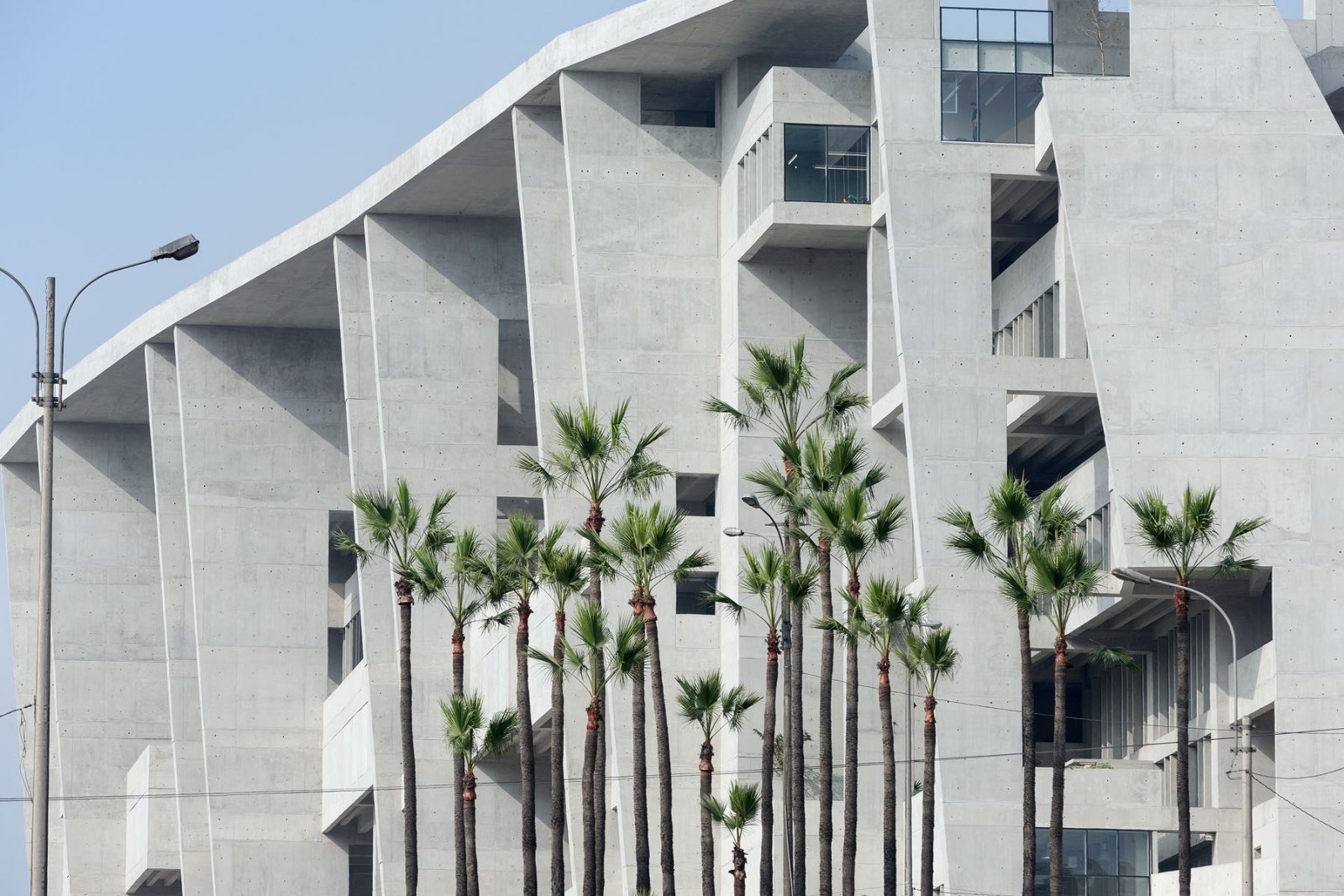
Our International Women's Day Inspiration
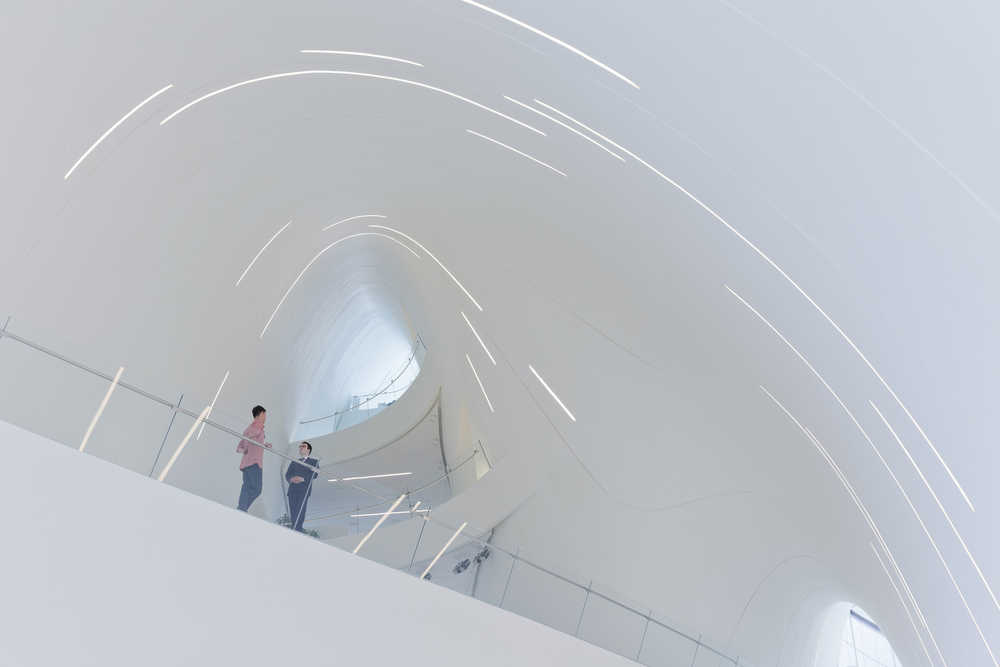
"Zaha Hadid was a very great friend and colleague. When I was at the AA, she was an enormously influential, inspiring and encouraging tutor. In more recent years, she had become a truly great friend who I will dearly miss. She was a formidable force and influence within the profession. Her strength and determination were second to none and what she has done for women in architecture will never be forgotten." Ben van Berkel
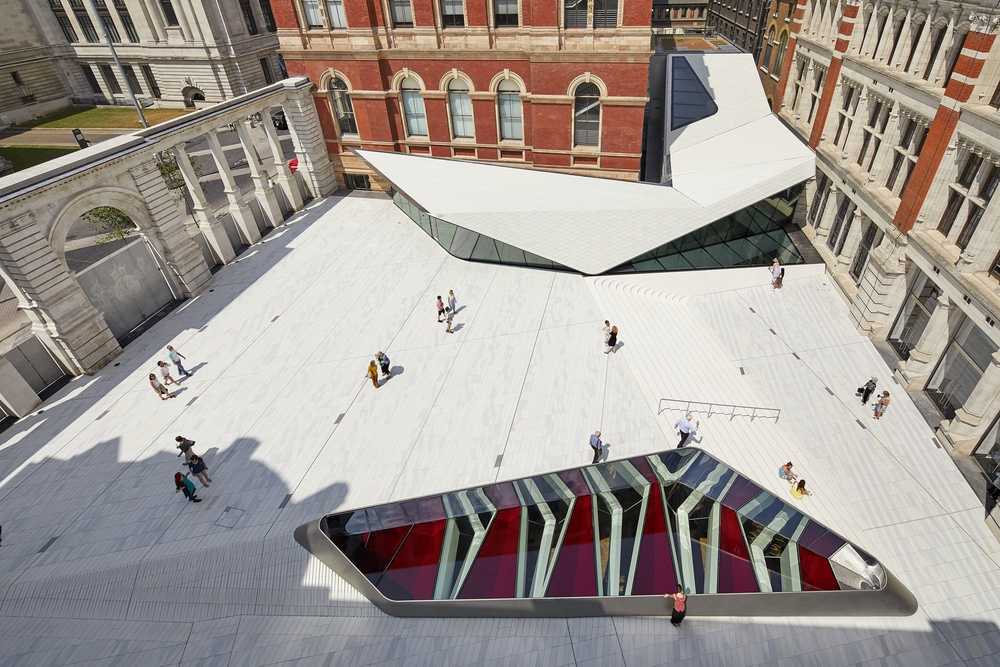
“In 1998, while I worked on my graduation project, SANAA's Kazuyo Sejima’s Gifu Kitagata apartment block in Motosu-gun was realised. Her inclusive design of the apartment block, where lighting, spatial typologies and the concept of integrated spaces converged, changed my way of thinking about contemporary architecture.” – Gerard Loozekoot
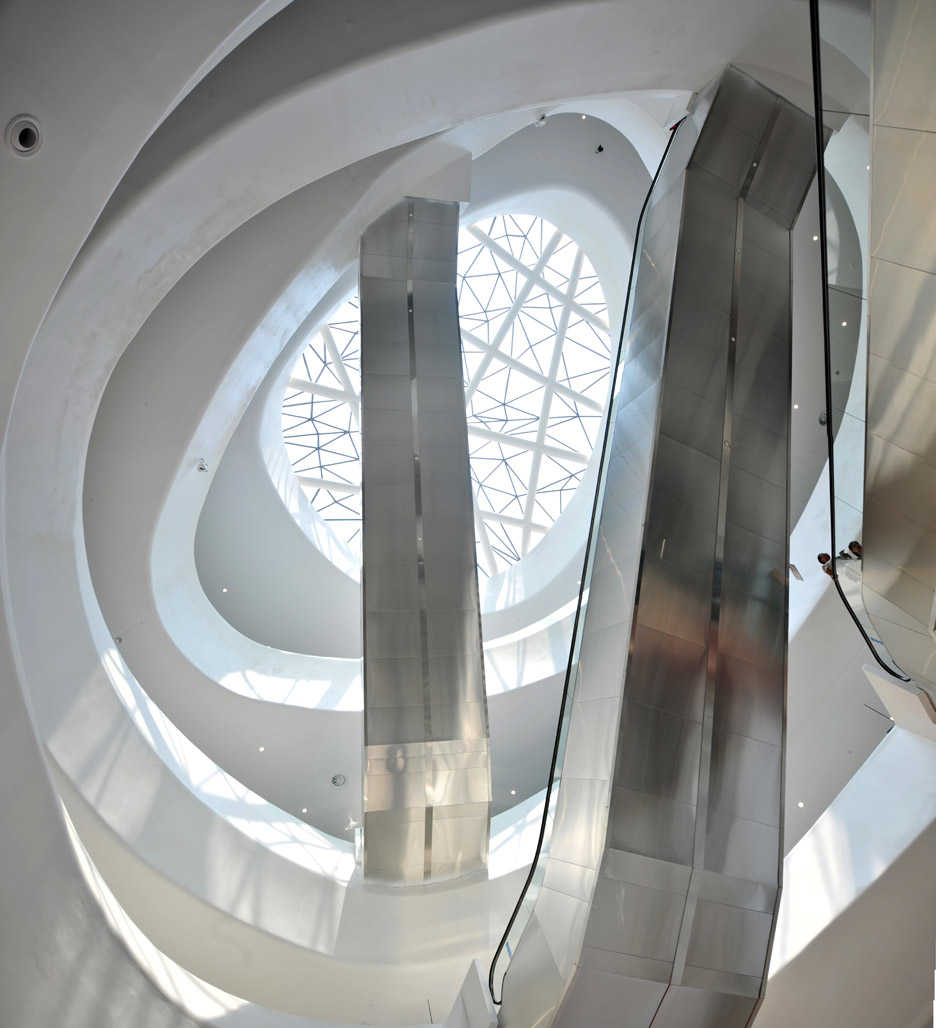
“Looking back at my architecture studies, where I was taught almost exclusively by male architects, a key encounter for me was when I attended a lecture by Lise Anne Couture at McGill University in 1994. Her explanations of the design and aspirations for the ‘Steel Cloud’, the new gateway for Los Angeles, opened up a new world for me of inspiring design thinking that I held on to for quite some time. It also triggered my continued interest in how urban mobility and planning can combine the interests of numerous stakeholders and how architecture becomes meaningful in a specific context. Furthermore it triggered my interest in exploring new territories: studying at Columbia University in the ‘paperless’ period of dean Bernard Tschumi and applying to UNStudio in the late 1990s. I saw UNStudio as the contemporary practice that combined all of those interests in the most ideal setting and enabled me to work in some exceptional project teams.
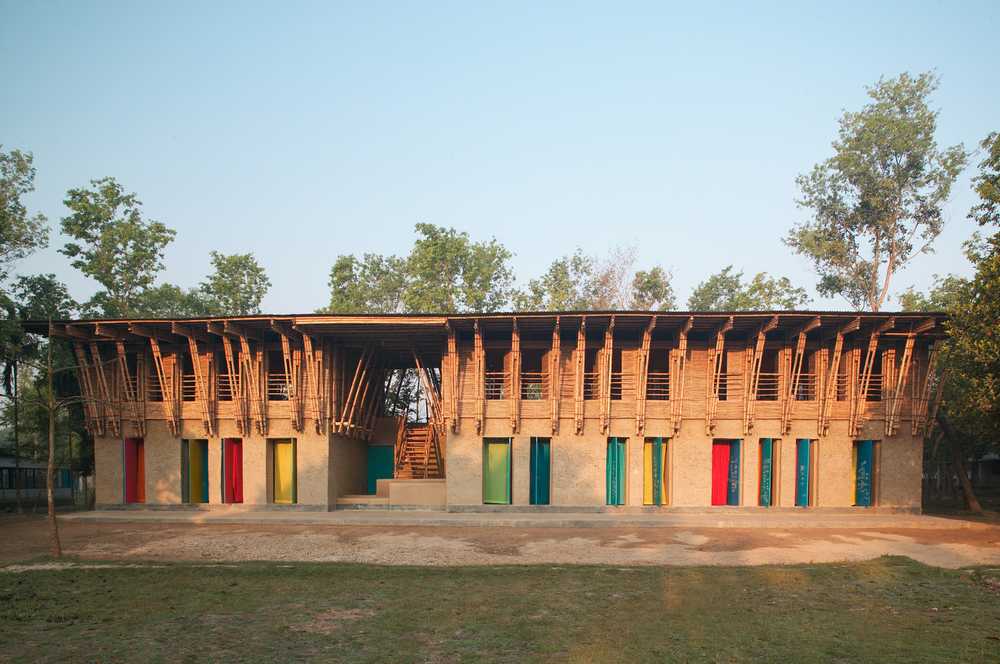
Today, more than ever, it is about role models that occupy a social role that makes architecture meaningful again; meaningful for people, communities and the public realm. There are many exceptional women I could name: some with great histories, some that became 'celebrities', and some that are young and courageous. Anna Heringer’s approach to the field of architecture is as impressive as the handmade METI school in Bangladesh, for which she achieved the Aga Khan award. In her TED talk she stated: “There are a lot of resources given by nature for free - all we need is our sensitivity to see them and our creativity to use them." This is an extremely inspiring statement to follow through on. It can fundamentally change how we build our cities, our buildings and the stuff that surrounds us. We are now again just at the beginning of embracing a circular design approach that has in fact fundamentally been there all the time.” – Astrid Piber
“During my studies I was greatly influenced by the avant garde architects of 90’s; with strong head figures like Odile Decq, Amanda Levete and Zaha Hadid. Especially a study visit to the Vitra Fire Station, Zaha’s first realized project was of great inspiration.” – Arjan Dingste
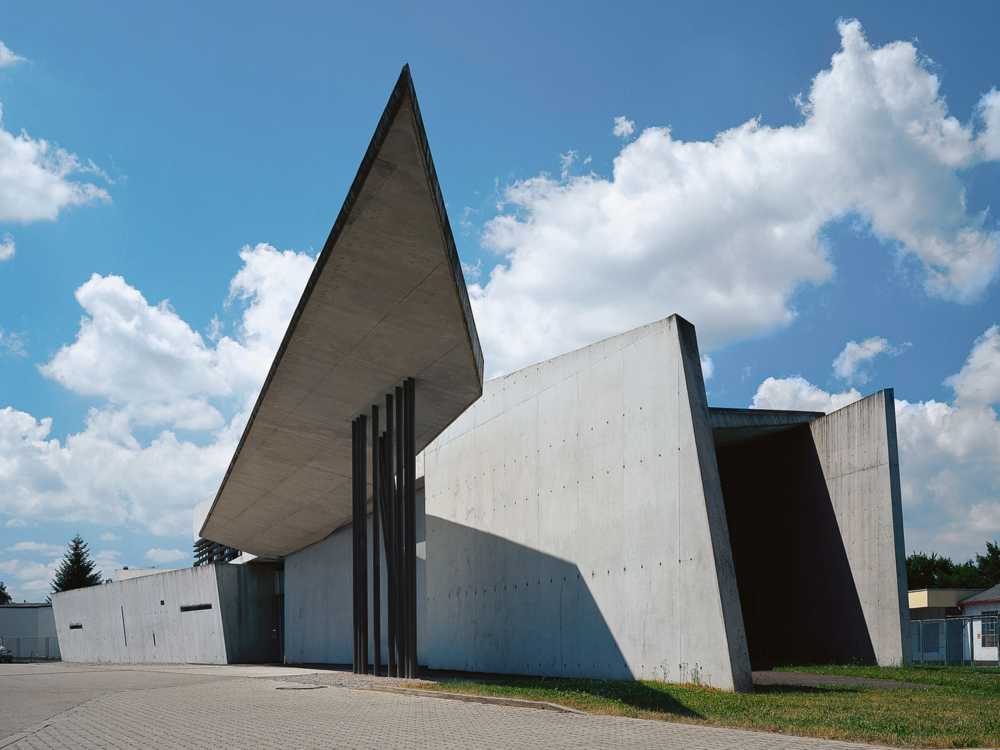
"New insights start with asking the right questions. This is what American Art Historian Linda Nochlin did in her essay ‘Why Have There Been No Great Women Artists?" (Studies in Power and Powerlessness, New York: Basic Books. 1971). The essay's title and content have inspired a number of essays and publications about the absence of women in certain professional fields. She concluded that, “women should face up the reality of their history and of their present situation, without making excuses or puffing mediocrity. Disadvantage may indeed be an excuse; it is not and intellectual position.” Her conclusion has inspired me, “clear thought and true greatness are challenges open to anyone, man or woman..” "– Machteld Kors
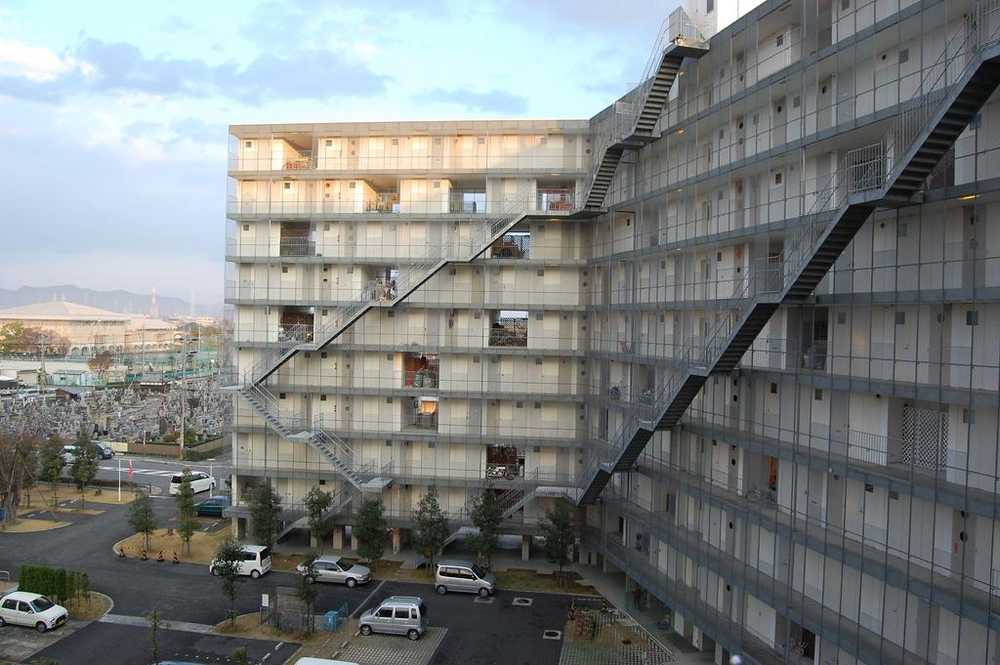
“The time of my architectural studies comes in two parts - the time before my Erasmus studies in Paris in 2000 and the time after. Defining factor was my introduction to the editions of ArchiLab while in Paris; a new fluid, non-hierarchical way of understanding space and a way to conceptualize nature, body and movement. Coming to think about it, the success of that digital era could have been that there was a good gender balance among the protagonists, many of them couples; a balance of both points of view bringing forward a dynamic way of thinking.” – Marianthi Tatari